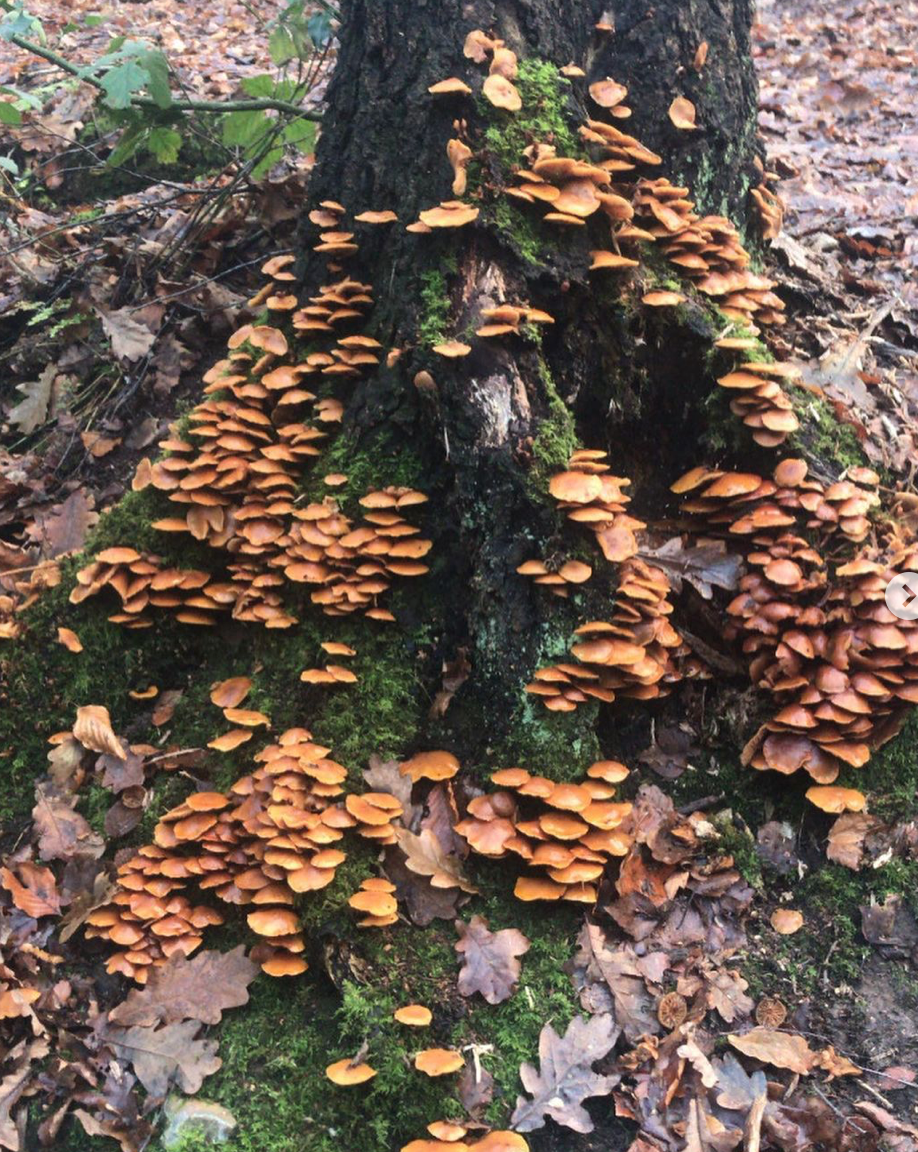Identifying Sperm Whales
- wildlittlewallace
- Dec 8, 2020
- 2 min read
On Sunday I went to visit this beautiful boy 💙
Approx 13.9m long, this Sperm Whale (Physeter macrocephalus) is believed to have died 3 weeks before washing ashore on the 1st Dec.
How can you tell it’s a sperm whale?
1. A sperm whale’s tail features two right triangle shapes with a v-notch in the middle. Each sperm whale has unique fluke markings that enable their identification.

2. 🧠 Sperm whales have the largest head and brain of any animal on Earth! In fact their heads take up about 1/3 of their total body length!

3. Sperm Whales are the largest of toothed cetaceans, featuring teeth on their lower jaw which they use to grasp their prey of squid 🦑 and fish 🐟

4. Wrinkled skin
5. 🌊 Front blowhole - their blow will be projected low, forward and slightly left.
🧠💡 Did you know?
Sperm whales are so called for the soft white spongy spermaceti located in the spermacetti organ in their large heads! The function of spermaceti (& the structures within the organ) are to create clicks for echolocation! 🔉
Sperm whales are deep divers with a broad range of distribution. They will hold their breath for up to 1.5 hours and dive as deep as 3,280ft (just shy of 1,000m) after squid- eating up to 1 tonne of squid and fish a day! 🦑🐟
🔍🔬 So what happened here? Well, it’s possible this boy followed squid from the Norwegian Sea where their main prey Gonatus squid thrive, into the shallow North Sea (they need more than 400 metres to dive).
A necropsy would determine for example, if the stomach was empty; which would indicate dehydration as they obtain water from their prey.
To see this beautiful giant so close was a privilege, and though no longer alive, I wanted to bring him to you to appreciate his beauty, and learn a bit about him.
💙










Comments